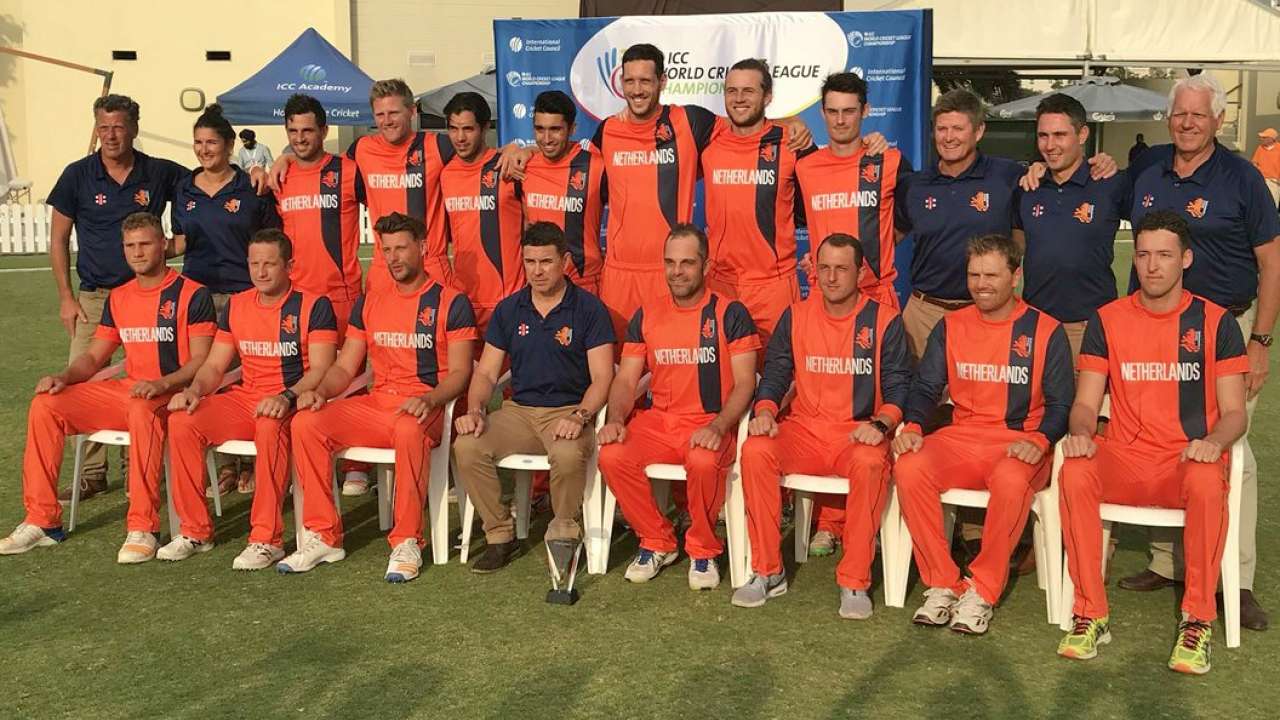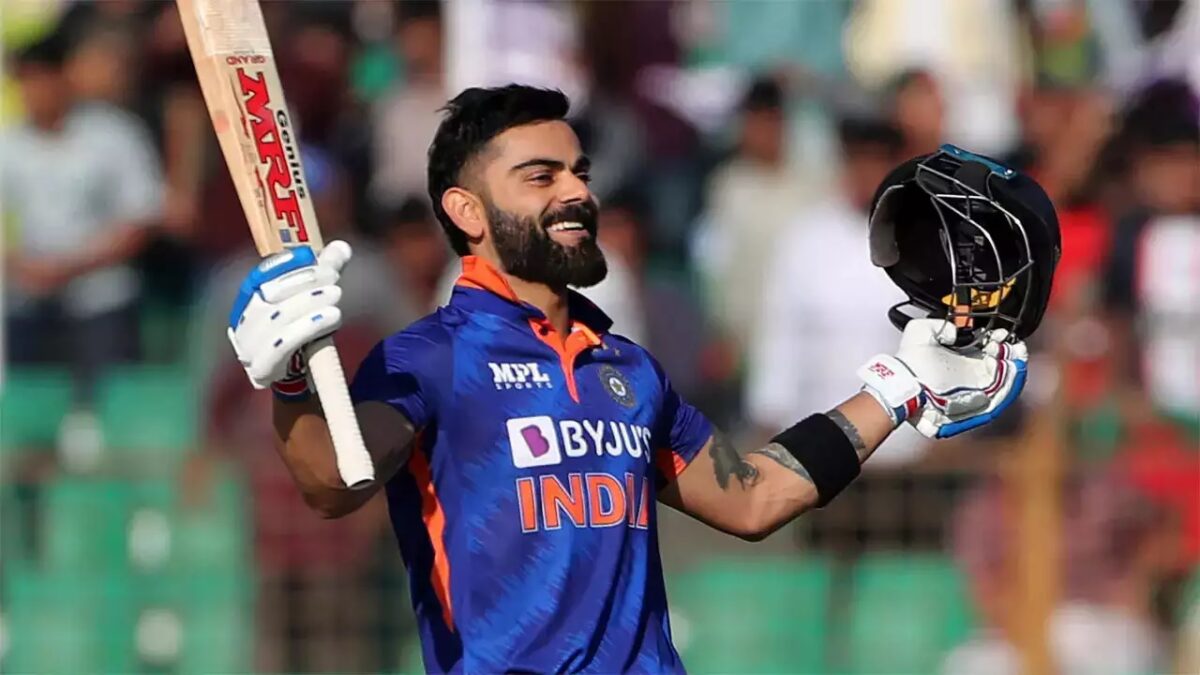In the sport of cricket, a fine leg is one of the fielding positions that players assume during a match. Positioned behind the wicket keeper on the leg side, this area is known for its strategic significance in defending against certain types of shots played by the batsman.
This article aims to provide an in-depth understanding of the role and responsibilities associated with the fine leg fielder position, dispel common misconceptions, and address frequently asked questions regarding this aspect of cricket.
Key Takeaways
- Fine leg is positioned behind the batsman on the leg side and covers a specific area of play.
- The primary responsibility of a fine leg fielder is to prevent runs from being scored in their designated region.
- Fine leg requires good reflexes, agility, and proficiency in various fielding techniques like diving, sliding, and catching.
- The role of fine leg is to provide coverage for deliveries towards the leg side, restrict boundary opportunities, and assist bowlers in inducing edges or mistimed shots.
Basic Rules of Cricket
One of the basic rules of cricket is the positioning of fielders such as fine leg. Fielding positions play a crucial role in the game, as they determine where each player stands on the field to maximize their chances of catching or stopping the ball.
Fine leg, also known as long leg, is one such position that is positioned towards the leg side boundary. The main objective of a fielder at fine leg is to prevent runs from being scored by intercepting shots played down towards the leg side.
The fielder at fine leg typically stands behind square on the leg side and closer to the boundary line. This position allows them to cover a larger area near the boundary and be ready to chase after any balls hit in that direction.
Additionally, fine leg can also be placed strategically based on factors like bowler‘s tactics, batsman’s playing style, or specific match situations.
Understanding fielding positions in cricket is essential for players and spectators alike. It helps in analyzing team strategies and predicting possible outcomes during a game.
By knowing these positions inside out, players can anticipate where they need to move quickly when a ball comes their way.
With this understanding established, we can now delve deeper into examining different fielding positions used in cricket matches without missing any crucial aspects of this fascinating aspect of cricket strategy and gameplay.
Understanding Fielding Positions
Fine leg is a fielding position in cricket that is located on the leg side of the field, behind the batsman. It is typically positioned near the boundary and close to the wicketkeeper.
Compared to other fielding positions, such as deep square leg or mid-on, fine leg is strategically placed to cover any shots played towards the leg side by the batsman.
This position plays a crucial role in restricting runs and taking catches, making it an important component of a team’s defensive strategy in cricket.
Explanation of Fine Leg
Located on the leg side of the cricket field, fine leg is a fielding position where the player stands closer to the batsman than mid-wicket and square leg.
Fine leg is strategically positioned to prevent runs from shots directed towards the leg side by right-handed batsmen (or left-handed batsmen in reverse).
In terms of fielding techniques, players at fine leg need to be agile and possess good reflexes as they often have to react quickly to catch or stop fast-paced shots. They also need to have an accurate throwing arm in order to quickly return the ball back into play.
When it comes to positioning strategies, fine leg should ideally be placed slightly behind square or at a 45-degree angle from square leg. This allows for better coverage of both straight hits and deflections off pads or edges.
Transitioning into a comparison with other fielding positions, it is important to note that each position has its own unique role and positioning strategies that contribute to an effective overall fielding strategy.
Comparison to Other Fielding Positions
In comparison to other fielding positions in the game of cricket, the strategic positioning and agile reflexes required for fine leg make it a crucial position in preventing runs on the leg side.
Fine leg is positioned close to the boundary on the leg side, which allows them to cover a significant area and react quickly to any shots played in that direction.
Compared to other fielding positions, such as mid-off or cover, fine leg has a specialized focus on boundary fielding. The placement of fine leg depends on various factors like the batsman’s dominant shot-making areas and bowler’s tactics.
The success of fine leg’s positioning directly impacts the team’s ability to restrict runs and take wickets. Consequently, understanding the importance of fine leg’s role in boundary fielding is essential for teams aiming to excel in this aspect of the game.
Importance of Fine Leg in the Game
The strategic positioning and agile reflexes required in this specific fielding position make it a crucial element in preventing runs on one side of the playing area.
Fine leg, as a fielding position in cricket, holds significant importance due to its placement near the boundary line and its role in stopping boundaries.
Positioned behind the batsman on the leg side, the fine leg fielder is responsible for covering any shots that are directed towards that area.
This requires the fielder to possess excellent speed and agility to chase down balls quickly and prevent them from reaching or crossing the boundary rope.
The positioning of a skilled fine leg fielder can not only save runs but also put pressure on batsmen by limiting their scoring opportunities on that particular side of the ground.
Transitioning into the subsequent section about ‘role and responsibilities of the fine leg fielder’, we will explore how these skills are utilized during gameplay.
Role and Responsibilities of the Fine Leg Fielder
The role of the fine leg fielder in cricket encompasses a range of fielding techniques and skills, as well as strategic positioning and tactical decision-making.
In terms of fielding techniques and skills, the fine leg fielder needs to possess excellent catching abilities, quick reflexes, and accurate throwing arm. Additionally, they should be proficient in sliding and diving to stop the ball from reaching the boundary.
Strategically, the placement of the fine leg fielder is crucial for defending against shots played towards that area, while tactically they need to communicate effectively with other fielders to execute planned strategies.
Ultimately, the contributions made by a skilled fine leg fielder can significantly impact a team’s overall performance by preventing runs and taking wickets.
Fielding Techniques and Skills
Fielding techniques and skills encompass a wide range of strategies employed in cricket to effectively guard specific areas on the field, such as fine leg.
These techniques are crucial for a fielder to master in order to contribute effectively to their team’s defense. Here are some key aspects of fielding techniques and positioning strategies:
- Footwork: A fielder must have quick footwork to react swiftly and cover ground efficiently.
- Body Position: Maintaining a low body position allows for better balance and agility when moving in various directions.
Within these broader techniques, there are specific strategies that can be employed when positioned at fine leg:
- Anticipating the Shot: Being aware of the batsman’s tendencies helps a fielder anticipate where the ball is likely to go.
- Positioning: Placing oneself slightly deeper or closer depending on the batsman’s strengths reduces gaps and increases chances of catching or stopping the ball.
Strategies and Tactics in Fine Leg Position
Strategies and tactics employed in guarding specific areas on the field involve anticipating the batsman’s tendencies and positioning oneself accordingly to reduce gaps and increase chances of catching or stopping the ball.
At the fine leg position in cricket, there are several effective fielding techniques that can be utilized. One strategy is to stand slightly deeper than usual, as this allows more time to react to fast-paced shots towards the leg side.
Another tactic is to stay square to the wicket, which helps in covering a wider range of angles for potential catches or stops.
Additionally, fielders at fine leg should be prepared for quick singles or twos by being alert and agile.
Contributions to the Team’s Performance
Contributions to the team’s performance in guarding specific areas on the field involve anticipating the batsman’s tendencies and positioning oneself accordingly to reduce gaps and increase chances of catching or stopping the ball.
Fine leg, as a fielding position in cricket, plays a crucial role in shaping game strategies. Here are some key contributions that fine leg makes to a team’s performance:
- Providing coverage for deliveries towards the leg side
- Acting as a backup for missed catches or deflections
- Restricting boundary opportunities by being positioned near the boundary line
- Assisting bowlers in executing strategic deliveries aimed at inducing edges or mistimed shots
- Collaborating with other fielders to create pressure on batsmen through quick relays and communication
Understanding these contributions allows teams to strategically utilize fine leg while planning their game tactics.
Moving on to common misconceptions and FAQs about fine leg…
Common Misconceptions and FAQs about Fine Leg
This discussion aims to provide a comprehensive understanding of the role of the fine leg fielder in cricket, clarifying any misconceptions that may exist.
It will address frequently asked questions regarding positioning, responsibilities, and strategies employed by fine leg fielders.
Additionally, expert tips and advice for fine leg fielders will be shared to enhance their performance on the field.
Clarification of Fine Leg’s Role
To clarify the role of fine leg in cricket, it is important to understand that this fielding position is typically positioned behind the batsman on the leg side and is responsible for covering a specific area of play. Fine leg is strategically placed to prevent runs being scored in that region.
Fielders at fine leg are required to have good reflexes and agility as they may need to quickly react to balls hit towards them. They should be proficient in various fielding techniques such as diving, sliding, and catching.
Fine leg fielders must also possess effective communication skills to coordinate with other players on the fielding strategies employed during a match. Understanding these aspects of the role will help clarify its significance in cricket matches.
Moving on, let us address some frequently asked questions about fine leg.
Frequently Asked Questions about Fine Leg
Fine Leg’s role as a fielding position has been clarified, but questions still arise regarding the specific responsibilities and techniques of fine leg fielders.
Players often wonder about the optimal positioning strategies and fielding techniques employed by those stationed at fine leg.
In terms of positioning, fine leg fielders typically stand near the boundary line behind square leg, closer to the batsman’s off side.
This strategic placement allows them to cover shots played towards the leg side while also protecting boundaries in that region.
As for fielding techniques, fine leg fielders must possess excellent reflexes, agility, and throwing accuracy to intercept balls hit towards their area and quickly return them to prevent runs or effect dismissals. Understanding these key aspects is crucial for individuals occupying this position on the cricket pitch.
The subsequent section will provide expert tips and advice for fine leg fielders in enhancing their performance without explicitly stating ‘step’.
Expert Tips and Advice for Fine Leg Fielders
Fielders stationed near the boundary line behind square leg possess a greater chance of intercepting balls hit towards their area and preventing runs or effecting dismissals. Fine leg fielding requires specific techniques, positioning, and movement to maximize effectiveness.
Here are some expert tips for fine leg fielders:
- Positioning: Fine leg fielders should be positioned slightly behind square leg, closer to the boundary line. This allows them to cover more ground and react quickly to balls hit in their direction.
- Anticipation: A key aspect of fine leg fielding is anticipating where the batsman might play the ball. Fielders must read the batsman’s body language and adjust their positioning accordingly.
- Quick Feet: Fine leg fielders need agile footwork to move swiftly in response to different shots played by the batsman. They should be ready to change direction quickly and cover ground rapidly.
- Boundary Awareness: Since fine leg is stationed on or near the boundary line, fielders must develop a strong sense of spatial awareness to prevent crossing over into no-ball territory while attempting catches or preventing boundaries.
Closing Over: Deciphering the Nuances of Fine Leg
The position of fine leg in cricket is crucial to the fielding strategy. Situated on the leg side, this position requires agility and quick reflexes.
The fielder at fine leg is responsible for stopping runs scored by the batsman towards the leg side boundary. They must be skilled at catching high balls and throwing accurately to prevent scoring opportunities.
Despite misconceptions, fine leg does not only cater to left-handed batsmen but also plays a vital role in all matches. By mastering this position, teams can enhance their defensive tactics and restrict their opponents’ scoring potential.
Frequently Asked Questions: Fine Leg
What is the purpose of the fine leg fielder in cricket?
The role of the fine leg fielder in cricket is to cover the area behind the batsman's legs. This position allows for catching or stopping shots played down the leg side, providing a crucial defensive option and potentially impacting the team's performance.
How far is the fine leg position from the batsman?
The fine leg fielder in cricket is positioned relatively close to the batsman, typically around 15-20 yards away. The angle of the fine leg position depends on various factors such as the bowler's line and length, and the batsman's footwork.
Can the fine leg fielder catch the ball if it is hit directly towards them?
The fine leg fielder, a specialist position in cricket, plays a crucial role in catching the ball if it is hit directly towards them. This strategic team move requires skill and precision from the fielder.
Is the fine leg position always occupied by a specialist fielder?
The fine leg position in cricket is not always occupied by a specialist fielder. However, having a specialist fielder in this position is important for effective fielding as it requires quick reflexes and good catching skills.
Does the fine leg fielder have any specific role in the team's strategy?
The role of the fine leg fielder in cricket strategies is crucial. Positioning affects game dynamics by providing coverage for shots directed towards the leg side, enabling the team to restrict scoring opportunities and potentially induce a dismissal.











